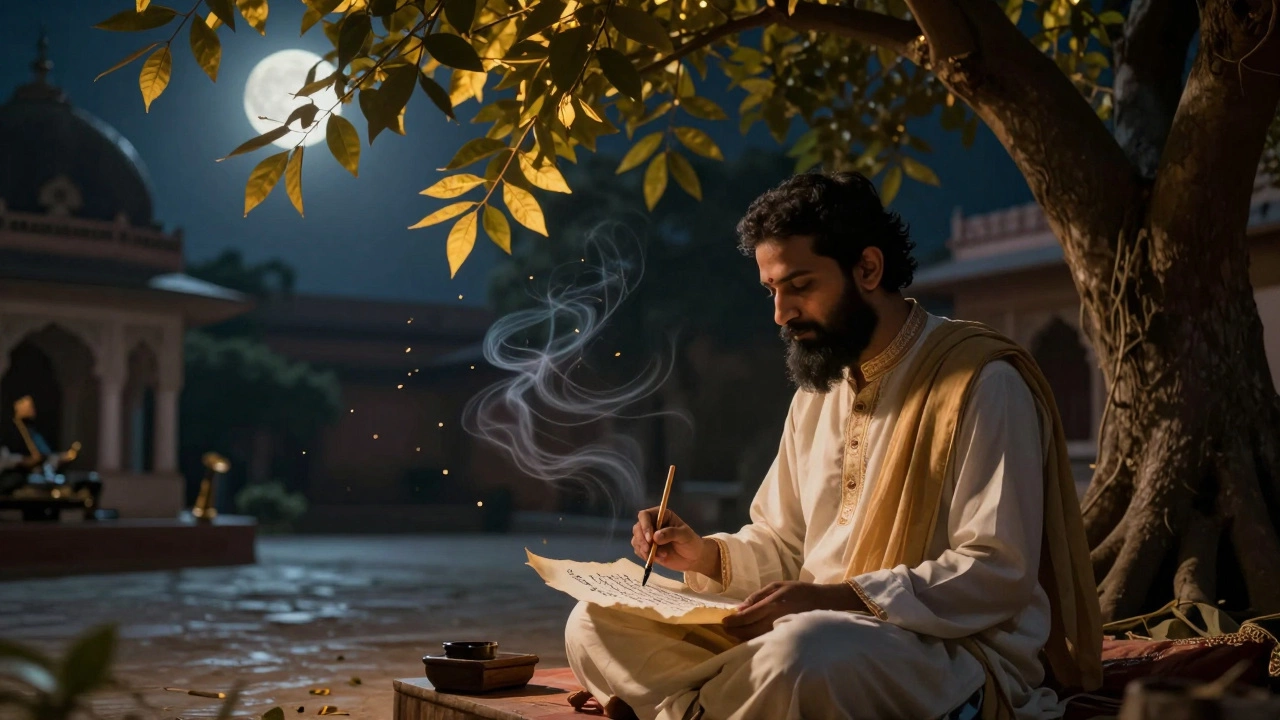
What Is a Ghazal Called in English? Understanding the Poetic Form That Moves the World
A ghazal isn't translated into English - it's lived in English. This is the poetic form that turns longing into rhythm, with rules that echo pain, love, and silence across centuries.
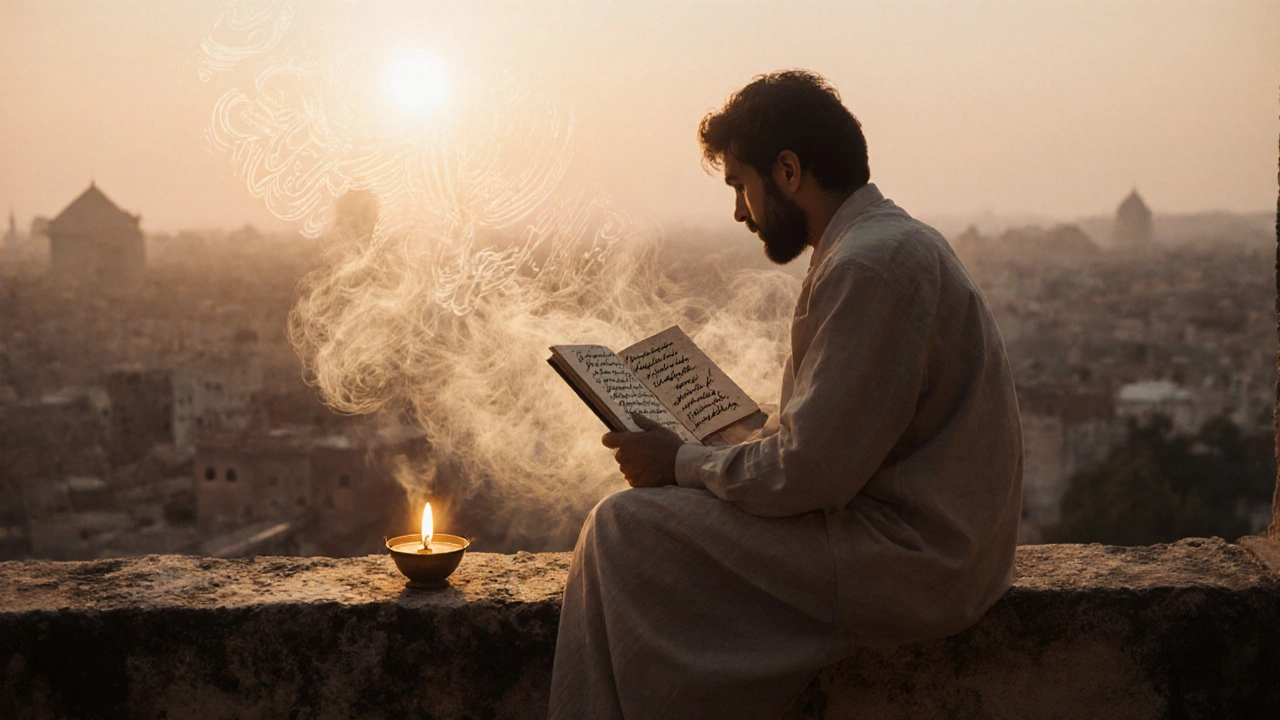
What Is a Broken Heart Called in Indian Poetry?
In Indian poetry, a broken heart is called dard-e-dil-a deep, untranslatable ache carried through centuries of ghazals and verses. This is not just sadness; it's sacred sorrow, honored in language, music, and silence.

What is the saddest poem by Pablo Neruda?
Pablo Neruda's 'Poem 20' from 'Twenty Love Poems and a Song of Despair' is widely considered his saddest work-a quiet, unadorned meditation on loss that resonates across cultures, including in India, where silence often speaks louder than words.
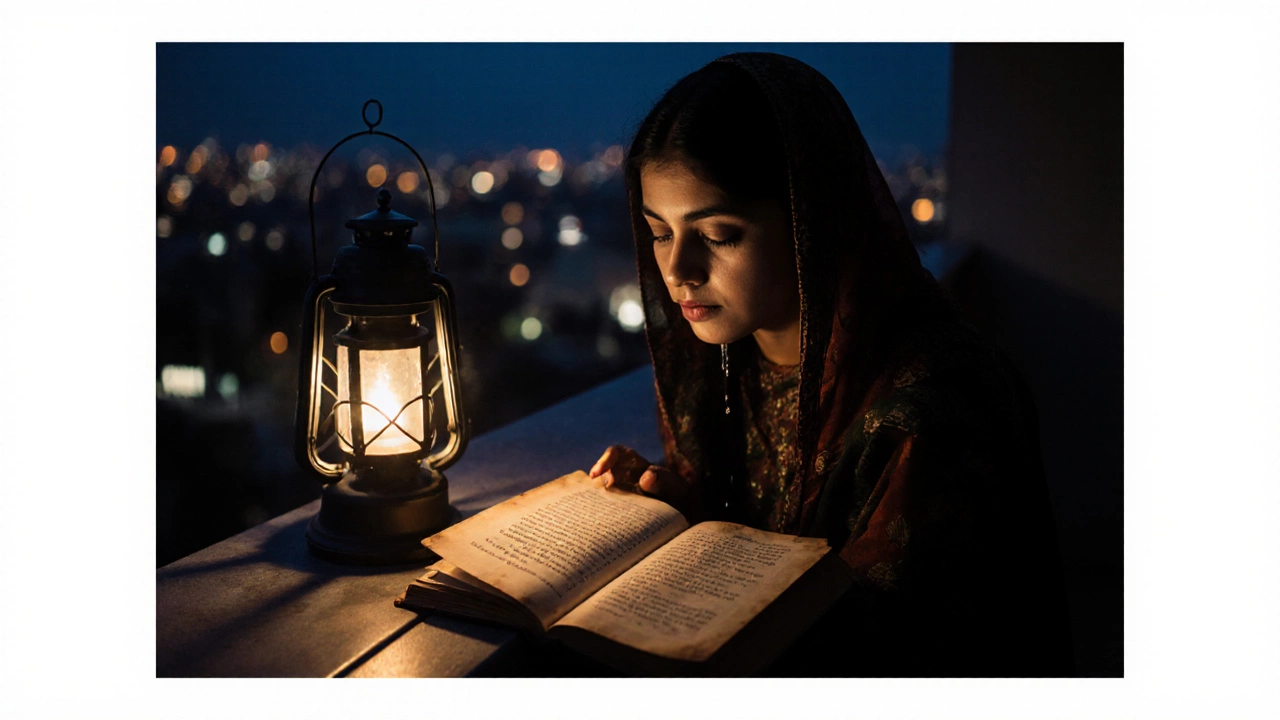
Is It Better to Cry or Hold It In? The Emotional Truth Behind Indian Sad Poetry
In Indian culture, crying is often seen as weakness - but sad poetry reveals the truth: tears are a form of courage. This article explores why holding back emotions harms you, how Indian poetry honors grief, and how to let yourself cry without shame.

World’s Oldest Poem: Unearthing the Epic of Gilgamesh and Ancient Poetry
Dive into the fascinating story behind the oldest known poem, the Epic of Gilgamesh. Discover how ancient poetry shaped storytelling as we know it.
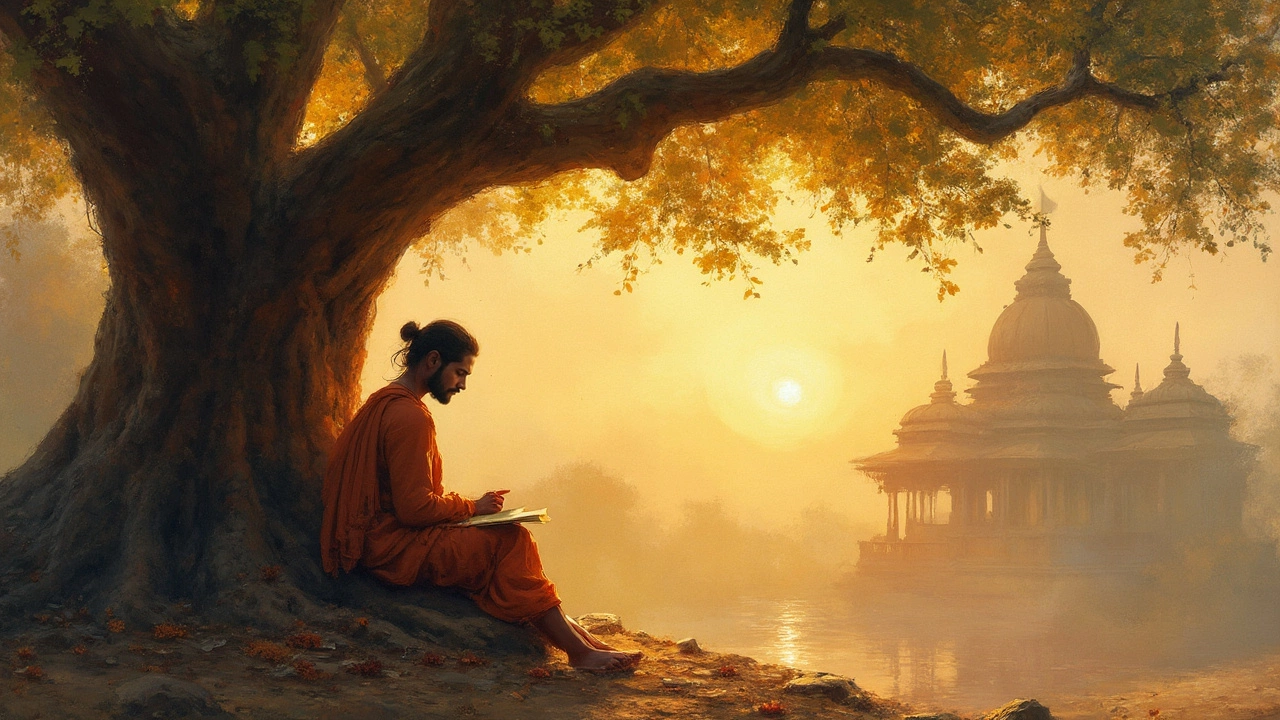
Is There a One Word Poem? Exploring Short Poetry in India
India's poetry scene is a place where language, tradition, and creativity meet, even in its simplest forms. Short poetry, sometimes as brief as one word, captivates readers with its intense meaning. Ever wondered how just a word can carry deep emotions and stories? In this exploration, we dive into the world of minimalistic Indian poetry, uncovering how simplicity can express what a thousand words might not.

Understanding Volta in Poetry: A Guide to India's Short Verses
Volta poems are known for their distinctive shift in tone or argument, traditionally associated with the Italian sonnet form. This article explores how this concept fits within the rich tapestry of Indian short poetry. We delve into the historical influences, cultural connections, and offer practical tips on recognizing and writing Volta poems. This guide aims to enrich your appreciation and understanding of this unique poetic device.

Discovering the 5-Line 'Takhmis' Poem in Urdu Poetry
The 5-line poem format in Urdu, known as 'Takhmis,' is a fascinating form that involves creative and often intricate interaction with existing couplets. This poetry form showcases the poet's skill in weaving a narrative both on its own and in conjunction with the original couplets. Learners and enthusiasts of Urdu poetry find the concept of Takhmis exciting due to its blend of structure and freedom. Understanding Takhmis expands one's appreciation of Urdu's rich poetic tradition.
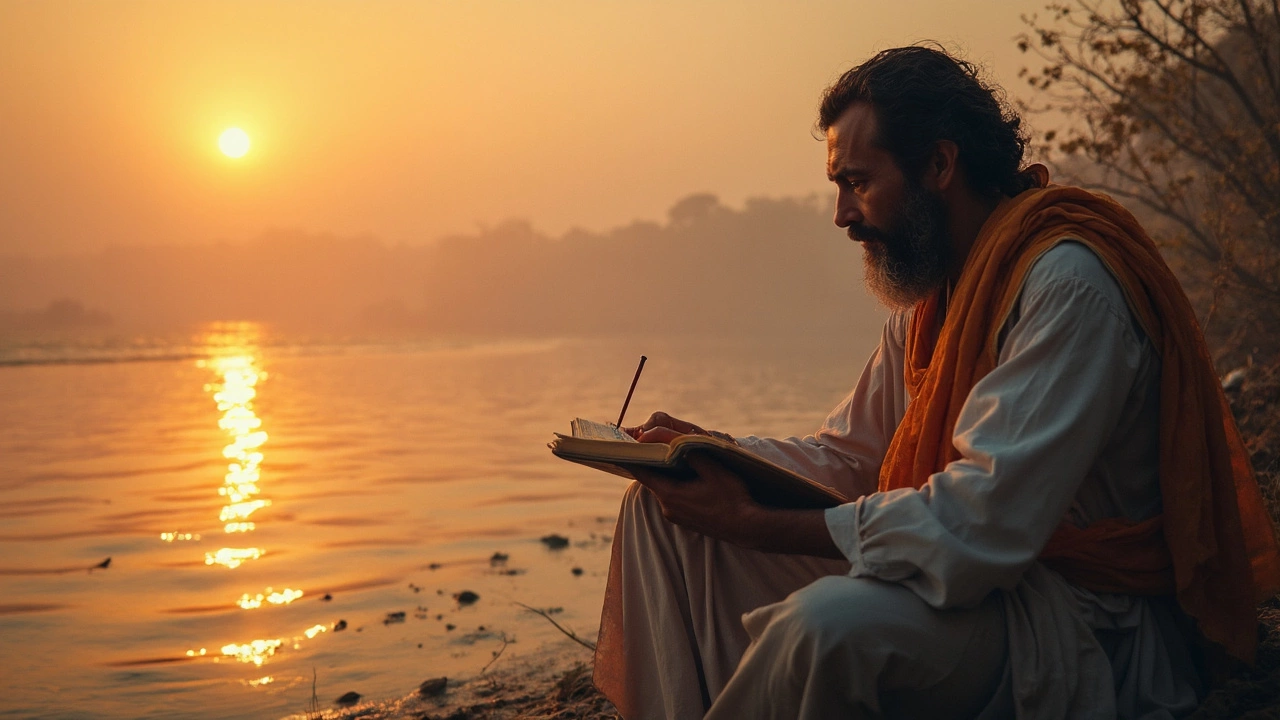
How to Write Deep Sadness in Poetry
Writing deep sadness in poetry can be challenging, yet rewarding. By drawing on personal experiences and emotions, writers can create poignant pieces that resonate with readers. Using vivid imagery, authentic language, and emotional honesty, poets can powerfully convey their sorrow. Explore techniques like storytelling and cultural influences to craft moving works in the context of Indian poetry.
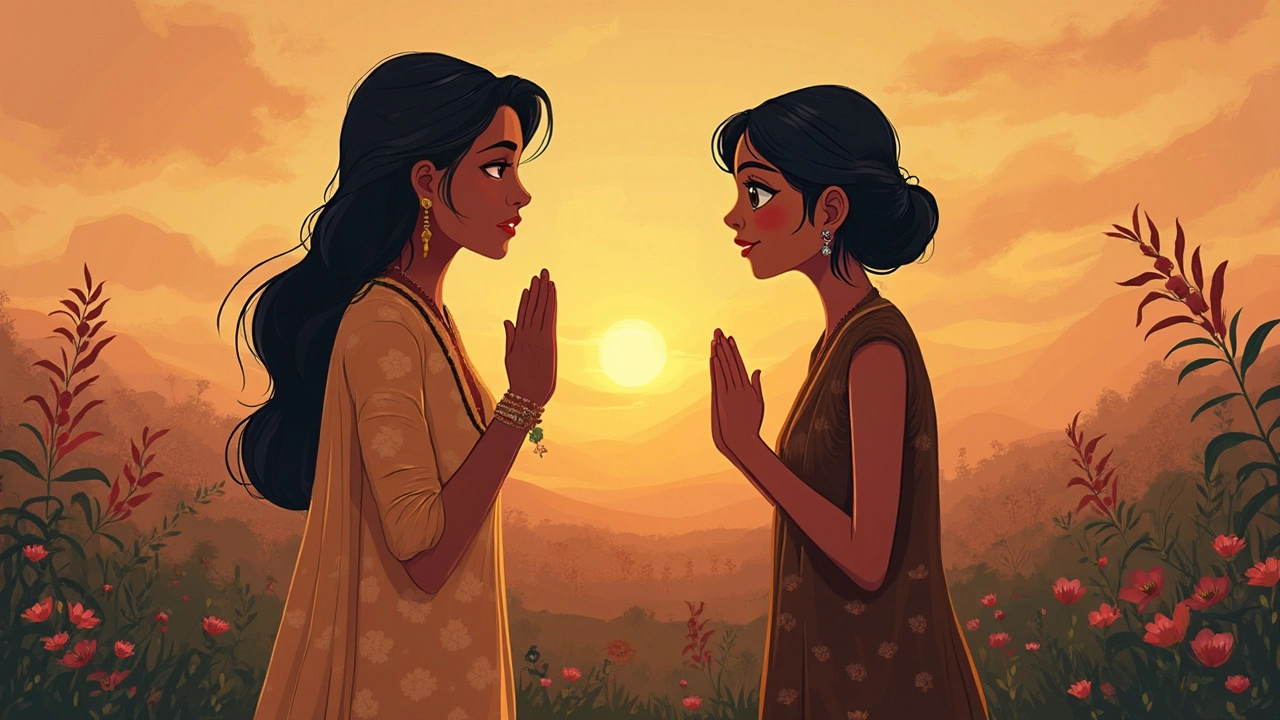
Cute Ways to Say 'Hi': Adding Charm to Greetings
Explore creative and endearing ways to say 'hi', blending traditional warmth with modern charm, perfect for delicate expressions in sad poetry settings. Discover how simple greetings can transform into heartwarming gestures that fit the emotional depth of Indian sad poetry. Learn how to infuse your 'hi' with personalized flair that resonates with cultural nuances and emotional contexts. This guide offers practical tips to enhance your greetings, making them memorable and touching.

Cute Ways to Say Hi in Sad Indian Poetry
Saying 'hi' is an everyday gesture, but it can be made unique and endearing, especially in the realm of Indian sad poetry. This guide explores creative and poetic ways to greet someone, blending cultural nuances and emotional depth. Discover how a simple salutation can express more than words, adding a touch of warmth to the often melancholic tone of Indian poetry. Uncover charming greetings that resonate with poetic sensitivity.
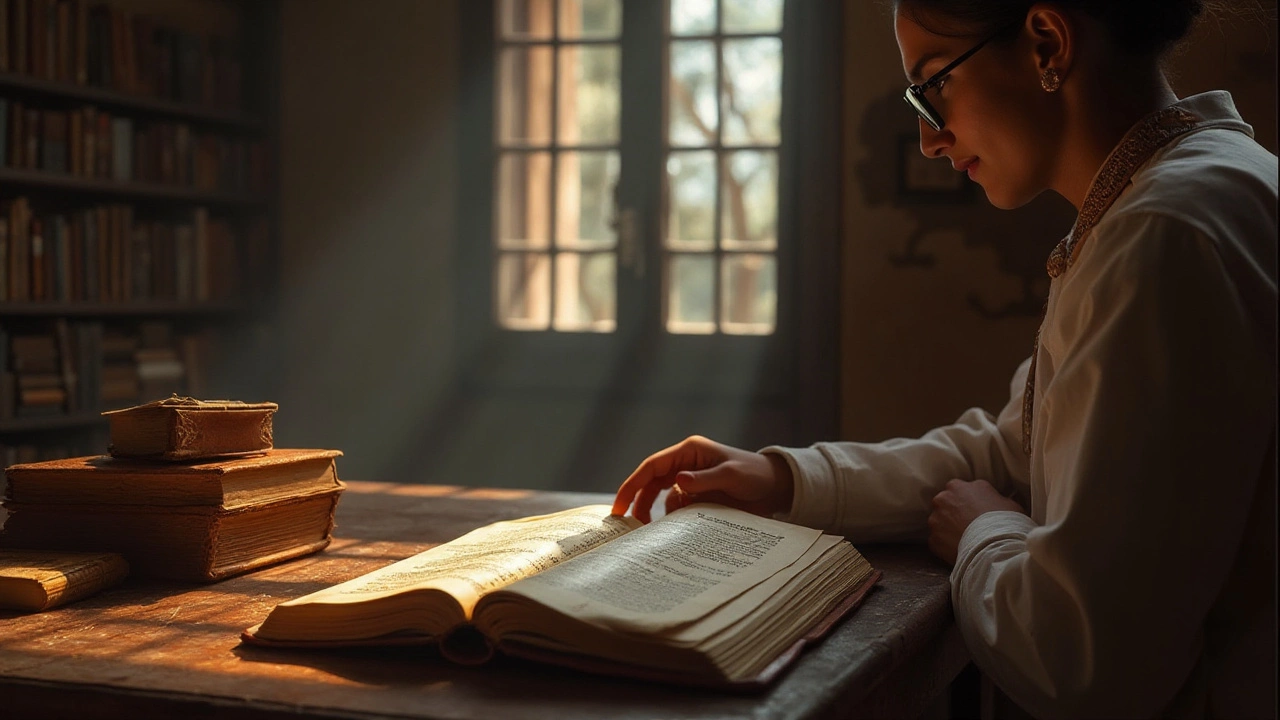
Exploring the Quintain: The Five-Line Poem
Delve into the world of quintains, a poetic form consisting of five lines. Discover its origins, types, and influences in Indian literature. Learn how to craft your own quintain and explore examples from both classic and contemporary poets.